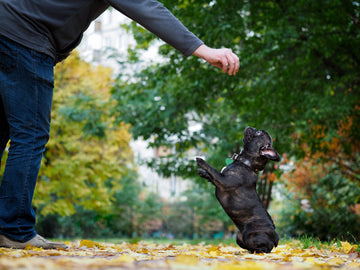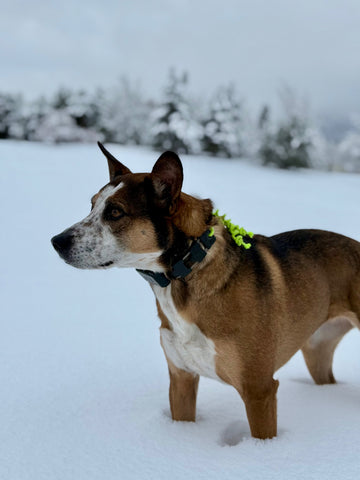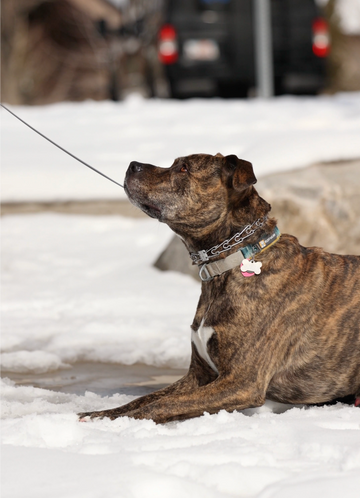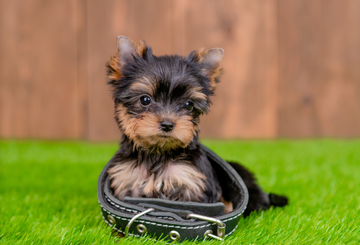At Pawsome DogSports, we are passionate about helping our dogs perform on cue and give their best effort. One of the most rewarding aspects of dog training is the variety of methods available to teach specific behaviors. Two of the most effective and commonly used techniques are luring and shaping. If you’ve spent any time around dog trainers or in the dog sports community, you’ve likely come across these terms. In this blog post, we’ll dive into what luring and shaping are, how they work, and how you can use them to enhance your dog's training experience.
In this post we will be covering:
- Defining luring and shaping.
- How to lure and shape.
Defining: Luring
The Cambridge Dictionary defines luring as “to persuade someone to do something or go somewhere by offering them something exciting”. Often this described as direct reward. Think of this like a carrot dangling in front of the donkey, or the bribery of candy for good behavior. Doing the behavior to get the reward that’s directly in front of you.
In dog training we will often use food in front of the dog’s nose and guide them into the wanted behavior (sit, down, stand, etc.). Following a lured behavior with a marker results in the clearest and quickest way to teach a dog via luring. If you are unfamiliar with markers, be sure to check out our post on marker.
How To: Lure
Teaching a dog to sit simply place a bit of the dogs food in your hand and bring your hand to their nose. Bring your hand straight up. If they want the food, they will follow it with their nose. As their head comes up their bottom should land on the ground.
Luring a down is the opposite. Instead of going up, you will take the hand with food and bring it down. If you need the dog to down and rock back, push into the dog a little as you bring your hand down. Some sports prefer the look of a down that makes the dog rock backwards. If you intend to do a sport with your dog, check with someone in that sport to makes sure you are teaching the stylistic down for your sport.
Defining: Shaping
The America Psychology Association defines shaping as “the production of new forms of operant behavior by reinforcement of successive approximations to the behavior.” By rewarding in behavior in approximation to your goal the dog discovers they have control over their environment and think the behavior is their idea. Often this is described as indirect reward style of learning.
How To: Shape
As with luring, it is best to shape new behaviors in “sterile” or low distraction environments. You can shape sit and down by waiting for the dog to do the behavior on their own and then marking. Often you will see people shape more complex behaviors like holding an object or going to a place cot.
To shape a hold, you will hold the object in front of you. When the dog comes to investigate the object, you will mark and reward the dog. Hold the object in front of you and mark the dog when it investigates the object again. Slowly you will begin to change the criteria for the dog getting rewarded. You will want them to touch it with their nose, then put their teeth on it, then bite it, then hold it for a second when you let go, then hold it until you mark. When you love the behavior, then you can start to name the behavior before you present the object.
Shaping going to a cot and laying down is a similar type of process. Have the cot in your sterile room and when they go to sniff it you will mark and reward them. From there you are looking to have them put a paw on it. Later two paws and after that all four. Once they are putting all four paws on you will wait until they sit on it and then you will wait until they lay down before marking.
At Pawsome DogSports, we recommend using both luring and shaping techniques to develop a well-rounded dog. While certain dog sports and activities may rely more heavily on one method over the other, both techniques are essential for effective training. For example, agility training often incorporates a significant amount of luring in the early stages, while scent work may predominantly use shaping to teach dogs how to locate and identify odor.
By integrating both luring and shaping into your training routine, you’ll build a strong foundation for your dog’s behavior and performance. Whether you're training for a specific dog sport or simply improving your dog’s obedience, these methods will help ensure clear communication and a more successful training experience.
Remember, training should be fun for both you and your dog, so enjoy the process and celebrate the progress you make together!

